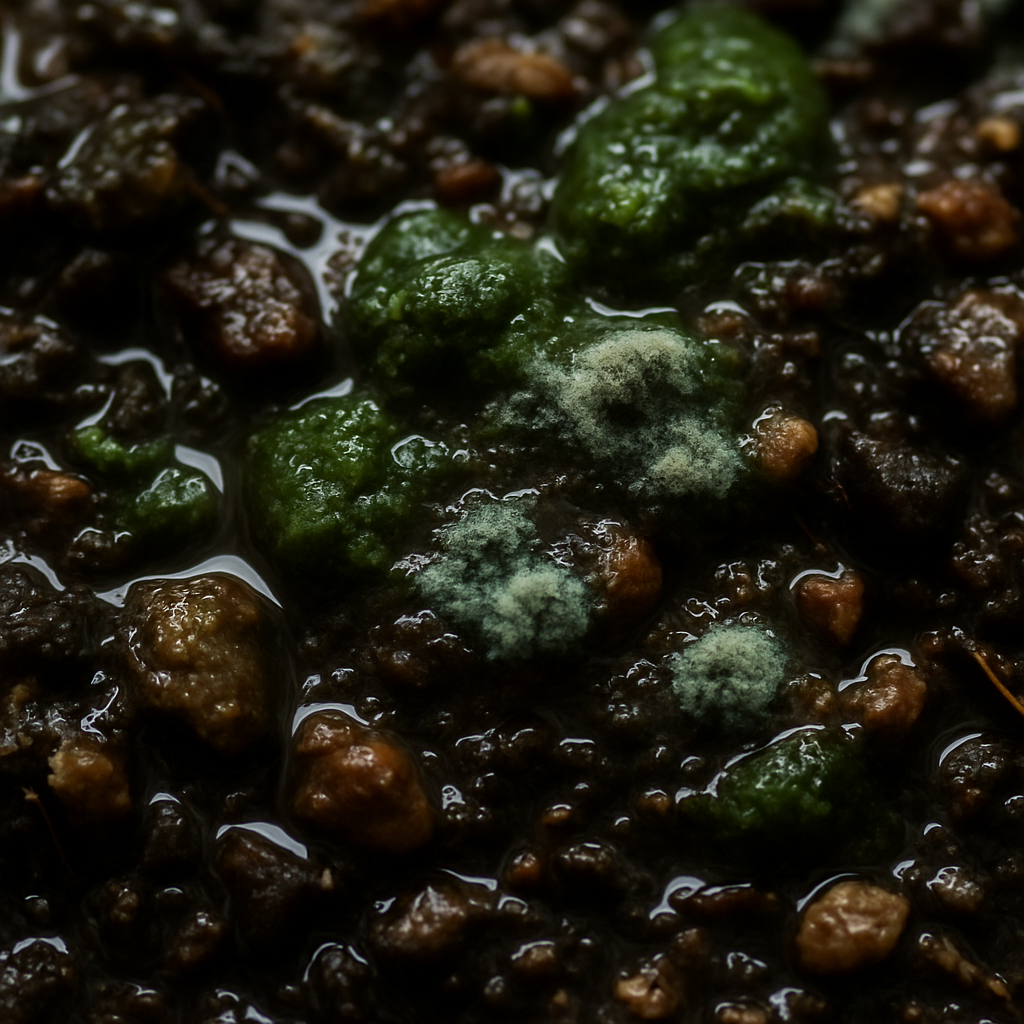Bonsai Soil Stays Wet: Causes & Solutions

Bonsai, like all plants, require a delicate balance of moisture to thrive. When the soil remains consistently wet, it creates an anaerobic environment that suffocates the roots, hinders nutrient absorption, and promotes the growth of harmful fungi. Addressing this issue promptly is crucial for preventing root rot and ensuring the long-term health of your bonsai. Understanding the Problem:
- Anaerobic Conditions: Wet soil deprives the roots of oxygen, which is essential for respiration and nutrient uptake.
- Fungal Growth: Excess moisture creates a breeding ground for harmful fungi, such as Phytophthora and Pythium, which attack and destroy the roots.
- Nutrient Imbalance: Waterlogged soil can leach essential nutrients from the soil, leading to deficiencies that weaken the bonsai.
Common Causes of Soggy Bonsai Soil:
- Poor Drainage:
- Compacted Soil: Over time, bonsai soil can become compacted, reducing its ability to drain properly.
- Lack of Drainage Holes: Insufficient drainage holes in the pot prevent excess water from escaping.
- Incorrect Soil Mix: Using a soil mix that is too heavy or contains too much organic matter (e.g., peat moss) can retain excessive moisture.
- Overwatering:
- Watering Too Frequently: Watering before the soil has had a chance to dry out slightly.
- Watering Too Much: Applying too much water at each watering, saturating the soil.
- Environmental Factors:
- Inadequate Sunlight: Bonsai need sunlight to facilitate transpiration, the process by which water is drawn up through the roots and evaporated from the leaves. Insufficient sunlight can slow down transpiration, leading to soggy soil.
- Poor Air Circulation: Stagnant air around the bonsai can prevent the soil surface from drying out.
Solutions for Improving Drainage and Reducing Soil Moisture:
- Repot with Well-Draining Soil:
- Choose the Right Soil Mix: Use a bonsai-specific soil mix that is designed for good drainage. A typical bonsai soil mix consists of a combination of akadama (a baked clay pellet), pumice, and lava rock.
- Avoid Organic Matter: Minimize the use of organic matter, such as peat moss, which retains too much moisture.
- Ensure Adequate Drainage Holes:
- Check Existing Holes: Make sure the pot has several drainage holes at the bottom.
- Drill Additional Holes: If necessary, carefully drill additional drainage holes in the pot.
- Adjust Your Watering Technique:
- Water Only When Necessary: Water your bonsai only when the top inch of soil is dry to the touch.
- Water Thoroughly: When you water, water thoroughly until water drains freely from the drainage holes.
- Avoid Overhead Watering: Overhead watering can contribute to fungal growth. Water the soil directly.
- Improve Environmental Conditions:
- Provide Adequate Sunlight: Place your bonsai in a location where it will receive plenty of bright, indirect sunlight.
- Increase Air Circulation: Use a small fan to gently circulate air around the bonsai. Prune dense foliage to improve air circulation within the canopy.
By understanding the causes of soggy bonsai soil and implementing these solutions, you can create a healthier environment for your bonsai and prevent the development of root rot.